Student Accidentally Discovers New Species While Studying Dinosaur Fossils
As he studied the world of dinosaur fossils in greater depth, Kyle Atkins-Weltman, a master’s student at the time, stumbled upon a remarkable find during a routine examination.
Initially tasked with scrutinizing bones believed to belong to the Anzu wyliei, affectionately termed the “Chicken From Hell,” Atkins-Weltman’s astute observations revealed peculiarities that warranted further investigation.
What was the Anzu wyliei, the "Chicken From Hell"?
Anzu wyliei was a caenagnathid dinosaur that inhabited the Hell Creek Formation in North Dakota, South Dakota, and Montana during the Late Cretaceous. It had notable physical traits such as a three-meter length, feathered body, toothless beak, and distinctive skull crest.
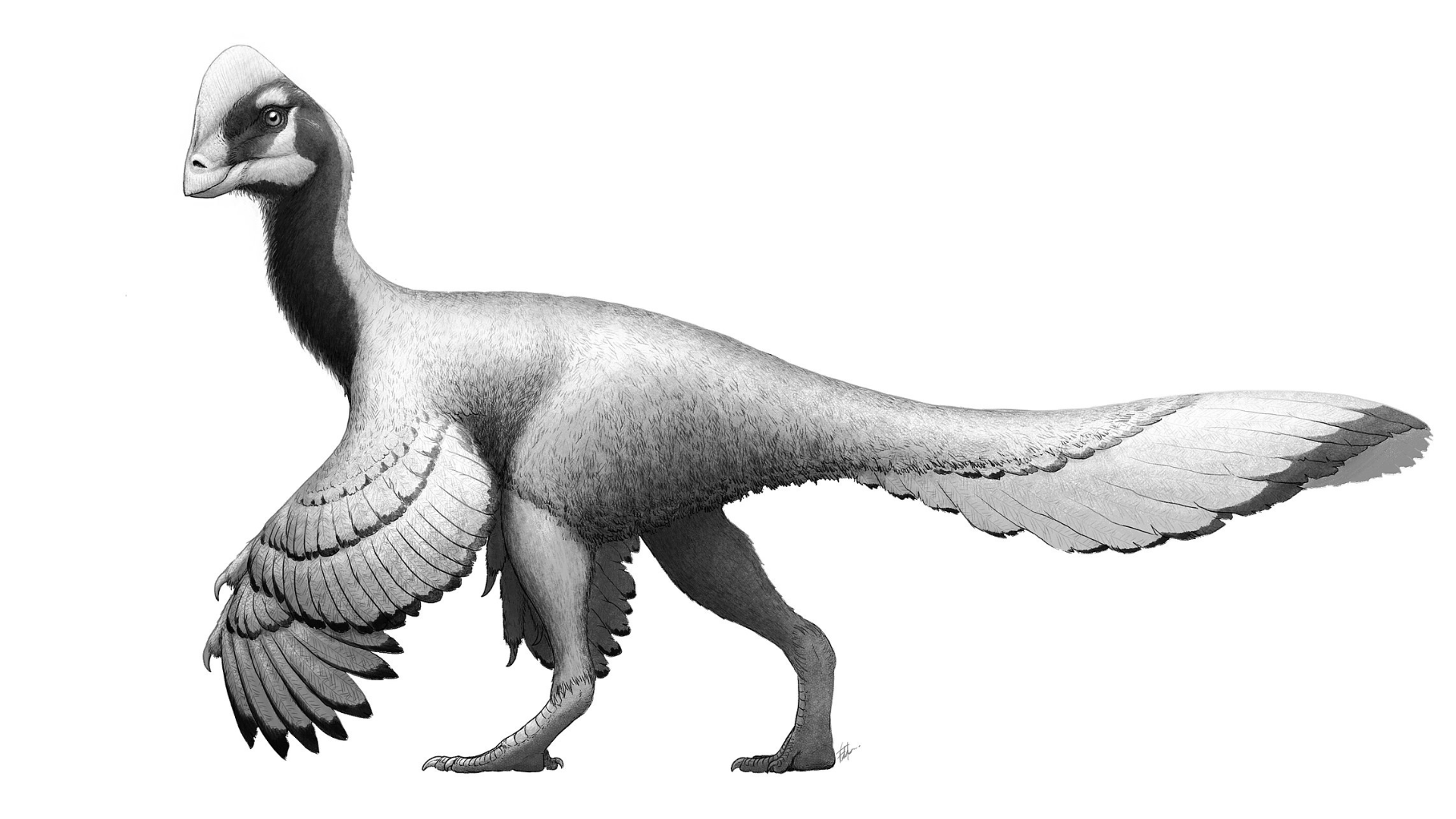
Fred Wierum/Wikimedia Commons
Thriving in humid floodplain environments, it likely had an omnivorous diet. Unearthed skeletons, most of which are housed at the Carnegie Museum of Natural History, provide valuable anatomical insights. Recognized for its scientific significance, Anzu wyliei is part of a unique branch of the dinosaur family tree.
Bones Discovered Do Not Match Known Dinosaur Species
Upon receiving results from an anatomy professor, Atkins-Weltman was taken aback when it became apparent that the bones did not align with any known dinosaur species. These were not bones of a “Chicken From Hell.”
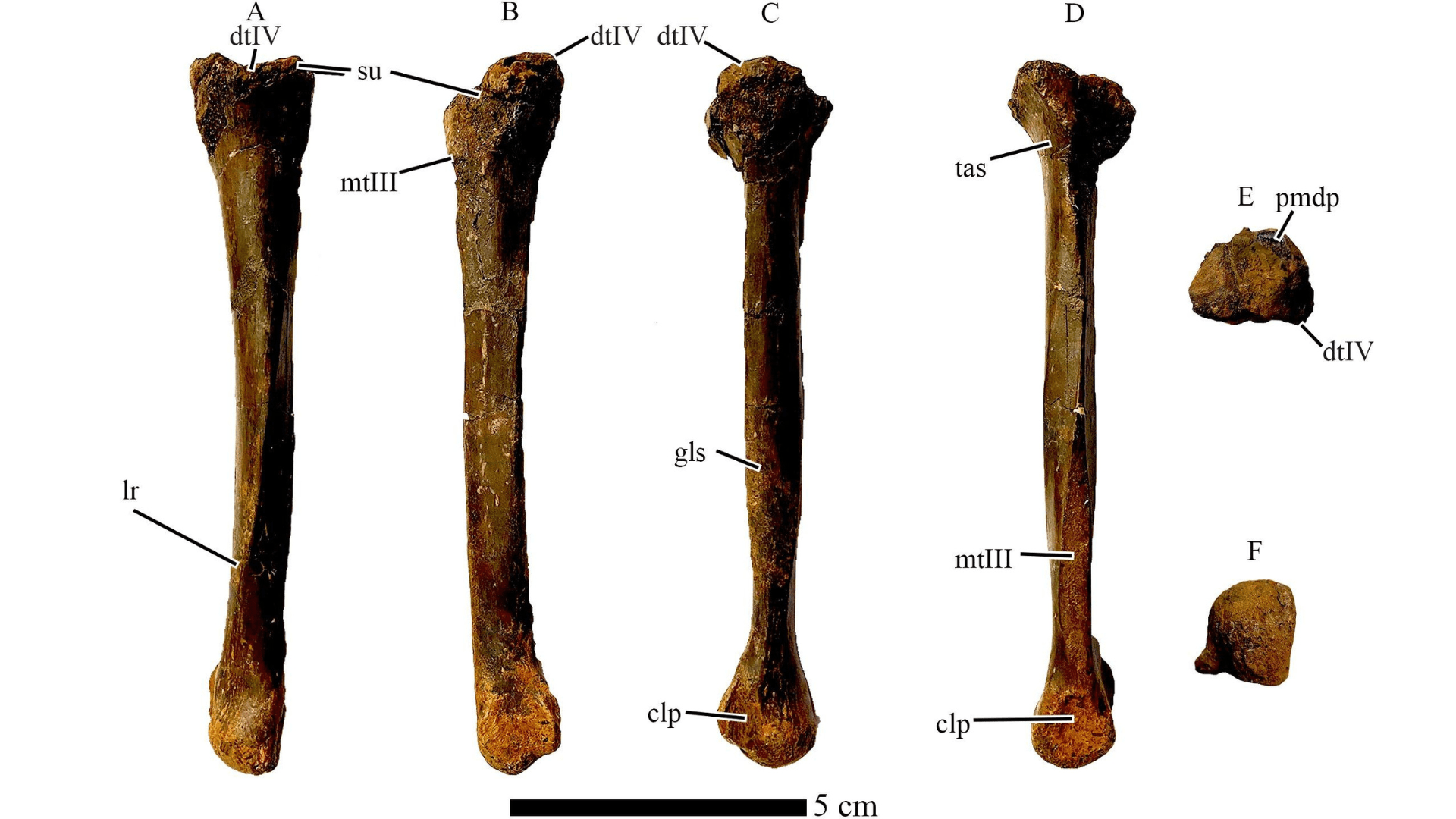
Kyle L. Atkins-Weltman, et al./Wikimedia Commons
In an alarming twist of fate, it seemed he had uncovered a novel species, which was subsequently named Eoneophron infernalis.
What is the Eoneophron infernalis?
Eoneophron infernalis, reminiscent of the Anzu but smaller in stature, stands out as a significant addition to the paleontological record.
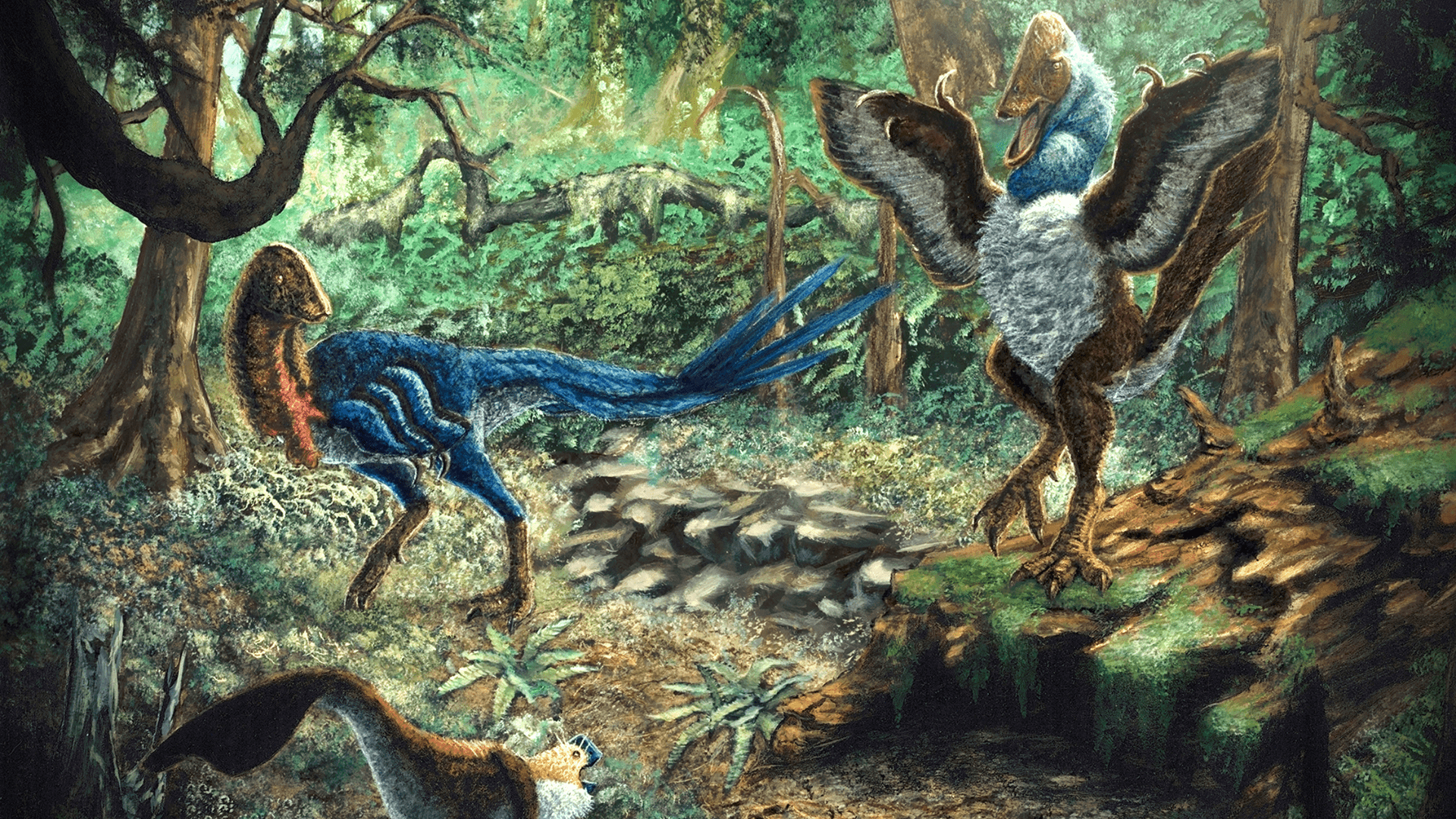
Kyle L. Atkins-Weltman, et al./Wikimedia Commons
Characterized by long claws, toothless beaks, and feathers adorning their bodies, these avian-like creatures roamed the ancient landscape of the Hell Creek Formation, leaving its own unique mark on prehistoric ecosystems. Importantly, its discovery has suggested that dinosaurs weren’t nearing extinction when the asteroid that wiped them out hit Earth.
What Does the Name "Eoneophron infernalis" Mean?
The genus name, Eoneophron, combines “èos,” meaning “dawn” in Ancient Greek, with “Neophron,” the generic name of the Egyptian vulture, while “infernalis” from Latin signifies “Hell,” referencing the Hell Creek Formation where the fossils were found.

Tilemahos Efthimiadis/Wikimedia Commons
This binomial name also alludes to the press nickname for the related species, Anzu wyliei, as the “Chicken From Hell.”
Discovery of Eoneophron infernalis Fulfills Childhood Fascination
For Atkins-Weltman, the discovery of Eoneophron infernalis was an unexpected turn in his academic journey. Since childhood, Atkins-Weltman has harbored a deep fascination with dinosaurs, a passion ingrained in his earliest memories.
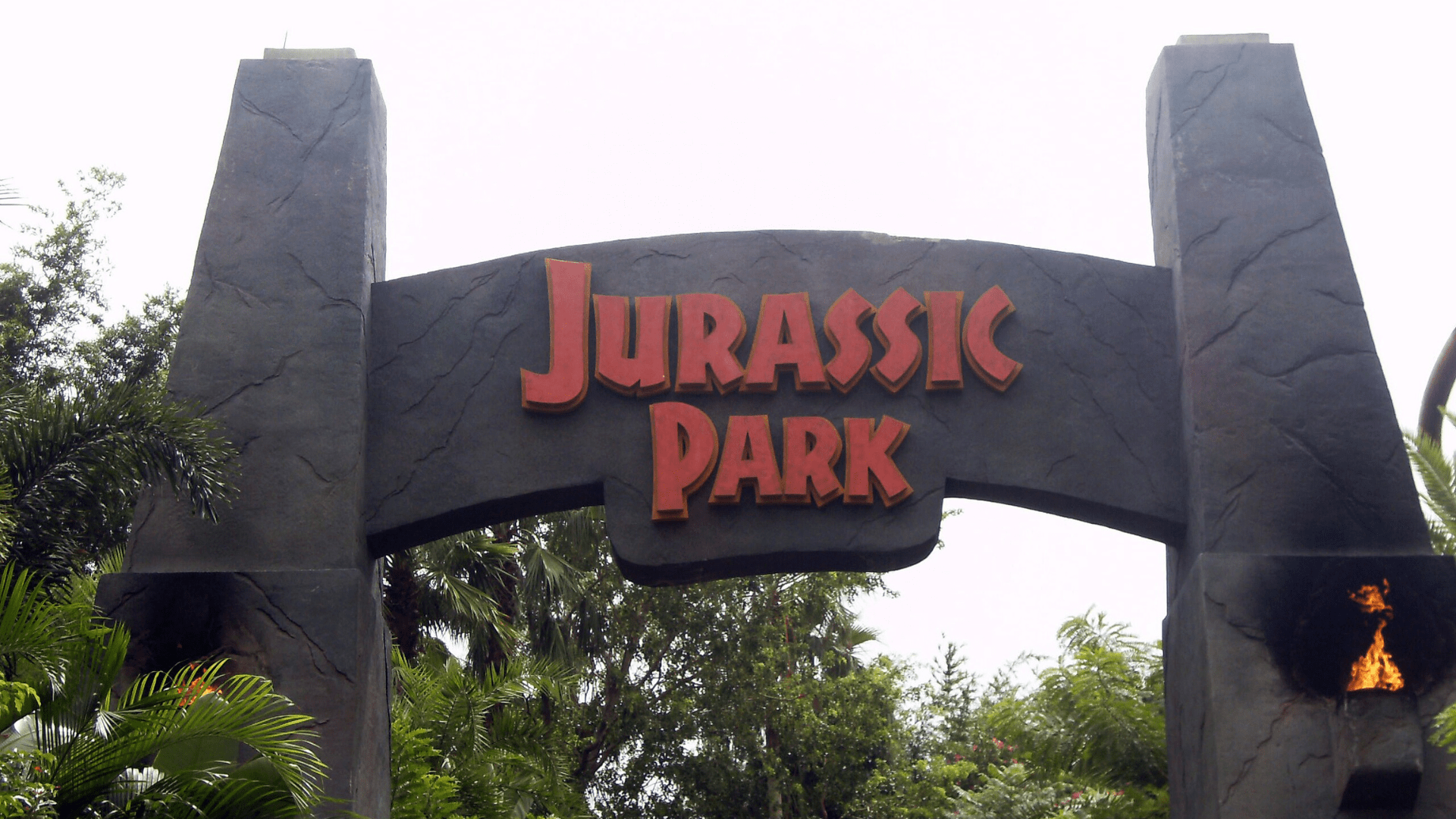
Malpass93/Wikimedia Commons
In his earlier years, the mere sight of dinosaur or reptile imagery had a calming effect, which helped him stop crying when he was upset. While most viewers rooted for the human characters in Jurassic Park films, Atkins-Weltman found himself empathizing with the dinosaurs, drawn to their majestic presence and ancient allure.
Atkins-Weltman Purchases Dinosaur Bones for Research
During his pursuit of a master’s degree at the University of Kansas in January 2020, Atkins-Weltman undertook a project focusing on the research of nine distinct dinosaur species.
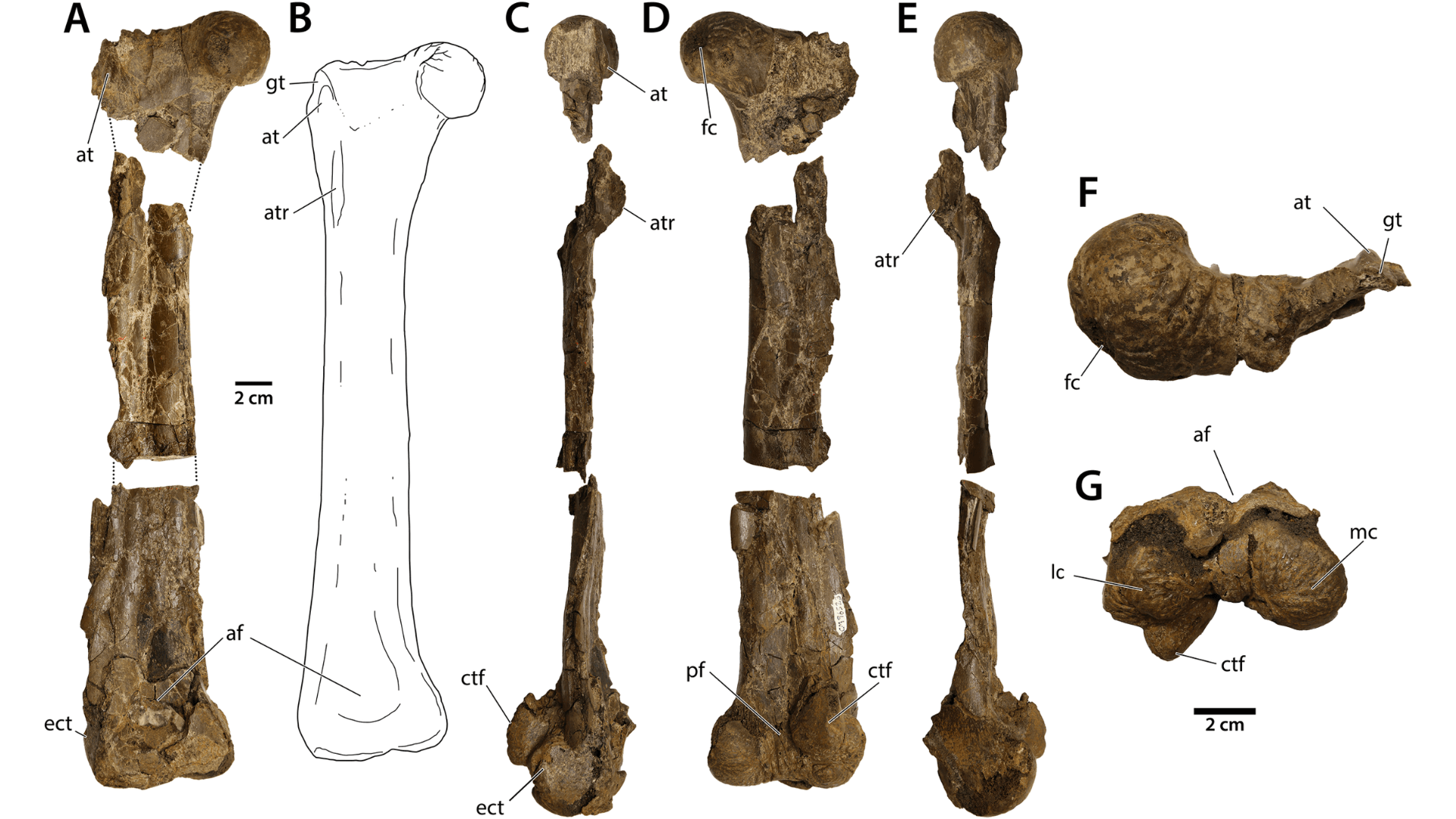
National Cancer Institute/Wikimedia Commons
In order to conduct his research, he purchased what was thought to be an Anzu’s femur, tibia, and metatarsal bones from a fossil vendor for $5,000. These bones were discovered within the Hell Creek Formation, renowned for its abundant dinosaur fossil findings. Little did he know what would happen next.
Bones Defy Conventional Paleontological Knowledge
With the aid of Holly Woodward, an esteemed anatomy professor, Atkins-Weltman meticulously analyzed the bones, unraveling their unexpected history.
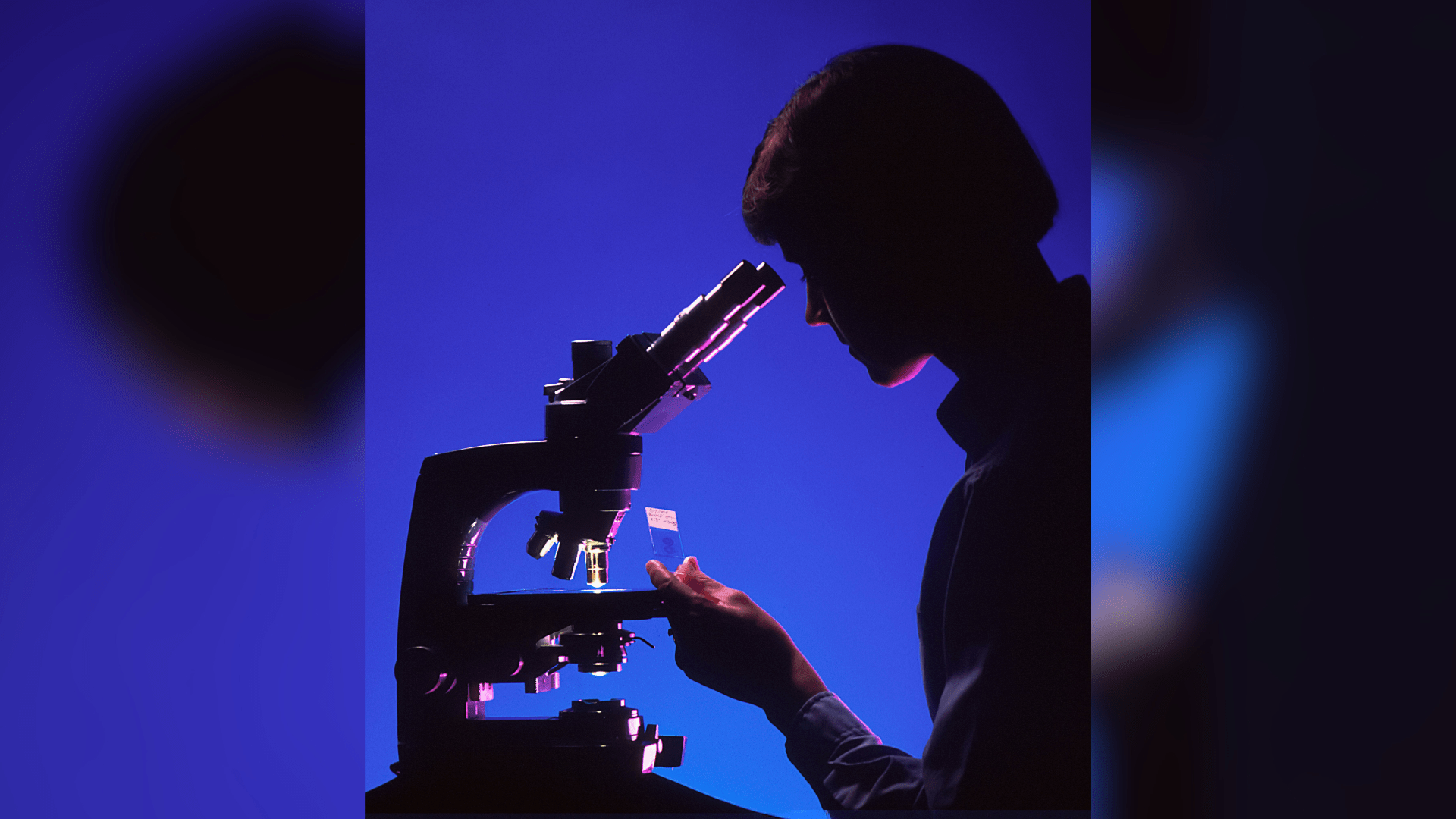
Kyle L. Atkins-Weltman, et al./Wikimedia Commons
The distinct growth patterns the bones displayed hinted at the existence of a previously unknown species. While Anzu wyliei femurs typically exhibited perpendicular orientations, Atkins-Weltman’s examination revealed deviations. He noted that the femur head appeared shorter than anticipated and sat at an oblique angle. Furthermore, he noticed that the ankle bones displayed fusion to the tibia, which was not a feature of Anzu wyliei specimens. Woodward and Atkins-Weltman were shocked– the bones defied conventional paleontological knowledge.
What Conventional Paleontology Says About Dinosaurs' Decline
Research has indicated that dinosaurs experienced a decline spanning up to ten million years before their extinction event, which was due to a massive asteroid impact 66 million years ago. Studies have analyzed the six major dinosaur families during the Cretaceous period, revealing a sudden downturn around 76 million years ago.
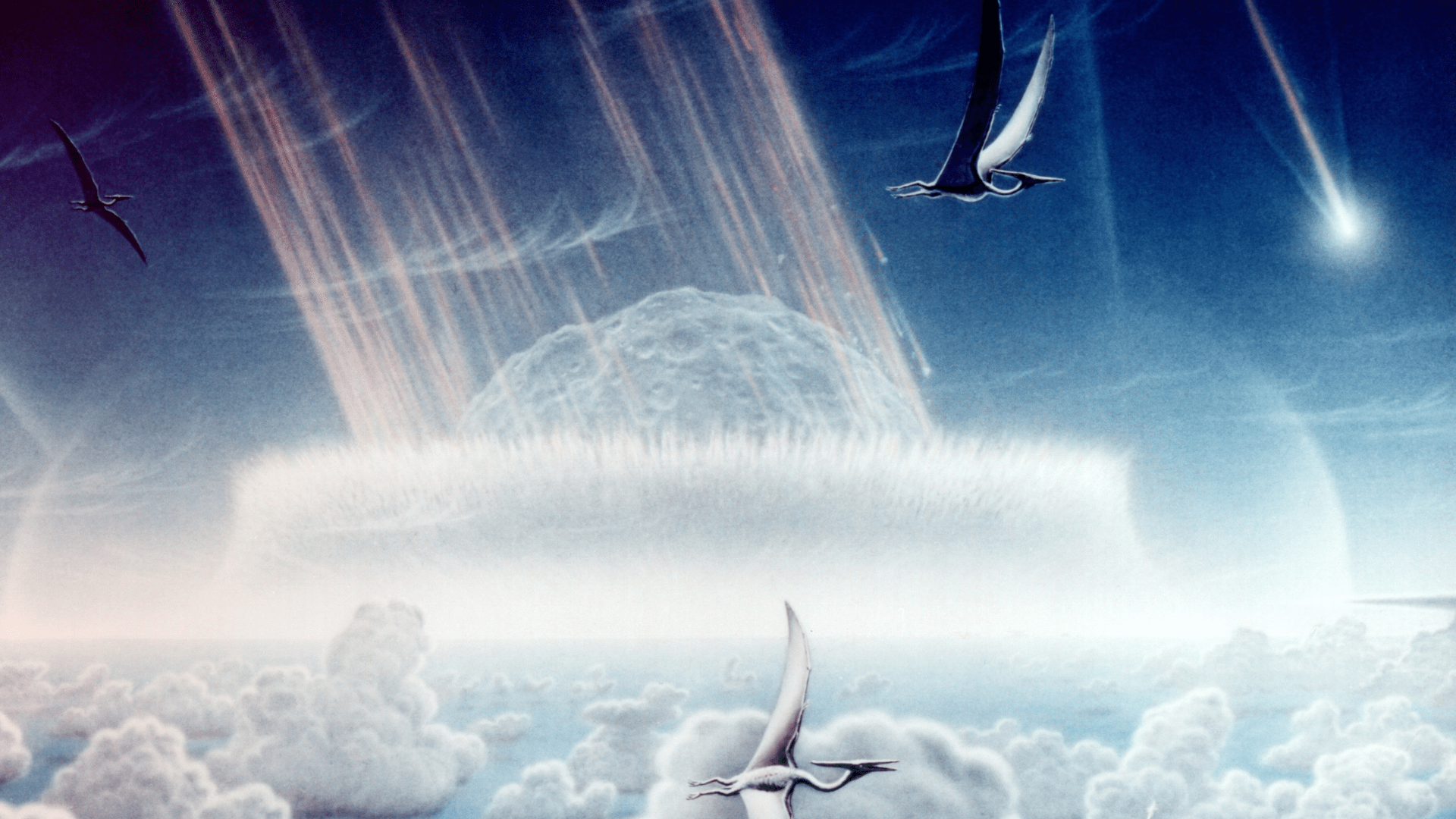
Donald E. Davis/Wikimedia Commons
Factors contributing to this decline include climate change and the disappearance of herbivorous species, which disrupted ecosystem balance. Bayesian modeling techniques have been utilized to address uncertainties in fossil records, and seem to have consistently supported the notion of a decline prior to asteroid impact.
Discovery Shows Thriving Dinosaur Biodiversity in the Late Cretaceous
The unearthing of Eoneophron infernalis serves as a testament to the resilience and diversity of dinosaur populations during the Late Cretaceous period. Atkins-Weltman’s discovery challenges prevailing notions of dinosaur biodiversity.

Mannion, P. D./Wikimedia Commons
While prior research suggested a decline in dinosaur populations preceding the asteroid impact approximately 66 million years ago, Atkins-Weltman’s discovery challenges this convention. His findings indicate that the biodiversity within the Caenagnathidae family, encompassing species like Anzu and Eoneophron infernalis, was thriving during this period.
Aspiring Scientists are Making Breakthroughs
In an era where groundbreaking discoveries are often attributed to seasoned researchers, Atkins-Weltman’s achievement shows the potential for aspiring scientists to make significant contributions to the field.

Diane Serik/Unsplash
And he isn’t the only newcomer to recently make a significant paleontological discovery. Last year, an Alabama teenager potentially identified a previously unknown whale species on her family’s property. Further, two Tennessee college students uncovered a potential new crayfish species, and Montana State University reported that a student played a pivotal role in identifying a new dinosaur species last year.
Eoneophron infernalis Bones Find Home at Carnegie Museum of Natural History
As the bones of Eoneophron infernalis find a new home at the Carnegie Museum of Natural History, Atkins-Weltman remains steadfast in his pursuit of scientific inquiry.

Dllu/Wikimedia Commons
His aspiration to create an immersive museum experience, transporting visitors to the bygone era of the Cretaceous, epitomizes his dedication to sharing the wonders of paleontology with the world.
Atkins-Weltman Takes Accolades in Stride and Continues Research
Despite the accolades garnered from his recent breakthrough, Atkins-Weltman remains cognizant of the expectations placed upon him.
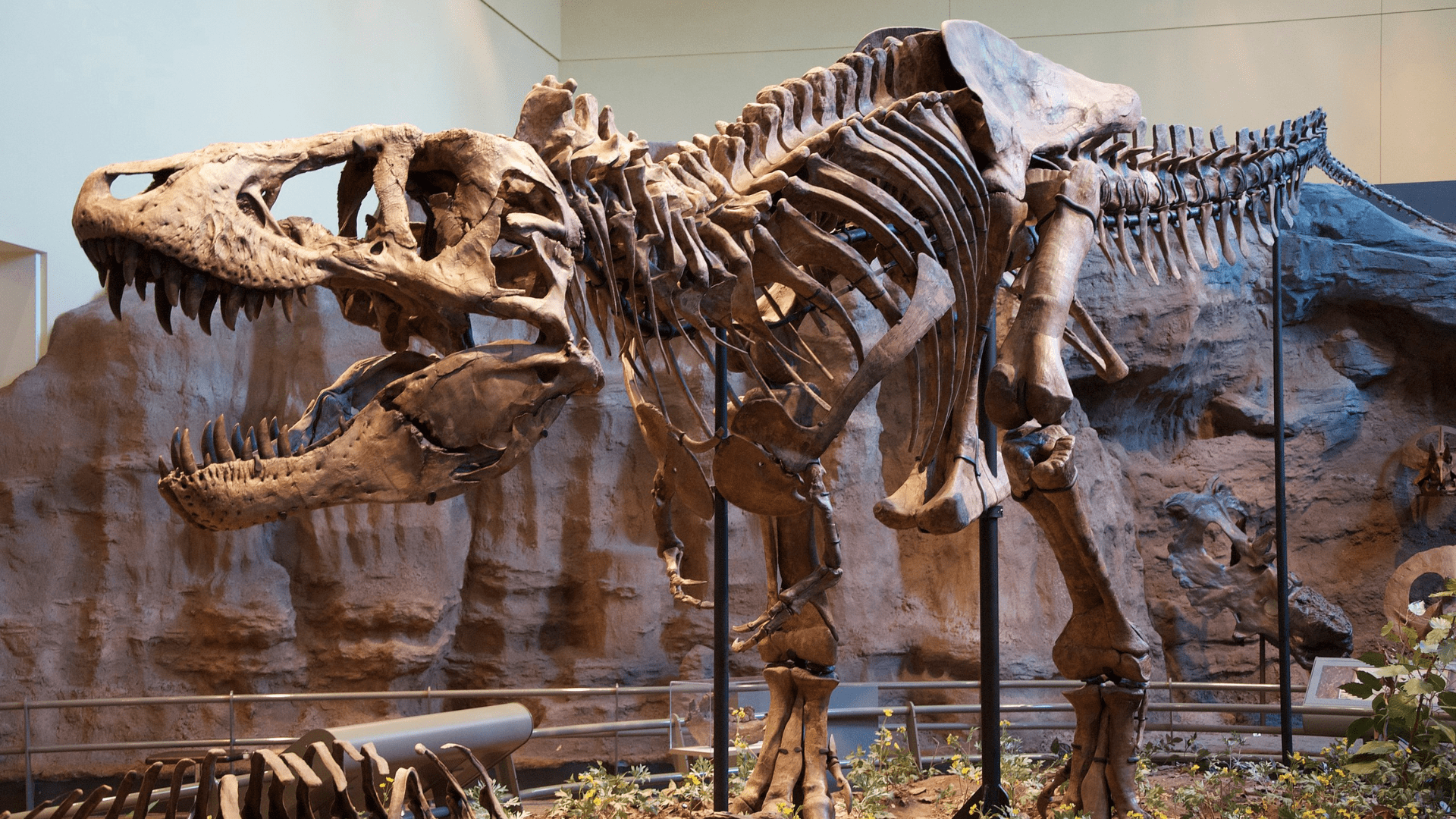
ScottRobertAnselmo/Wikimedia Commons
He is continuing his research, now turning to the mysteries of the Tyrannosaurus rex. Atkins-Weltman remains driven by a relentless pursuit of knowledge and a desire to leave a lasting legacy in the field of paleontology.
